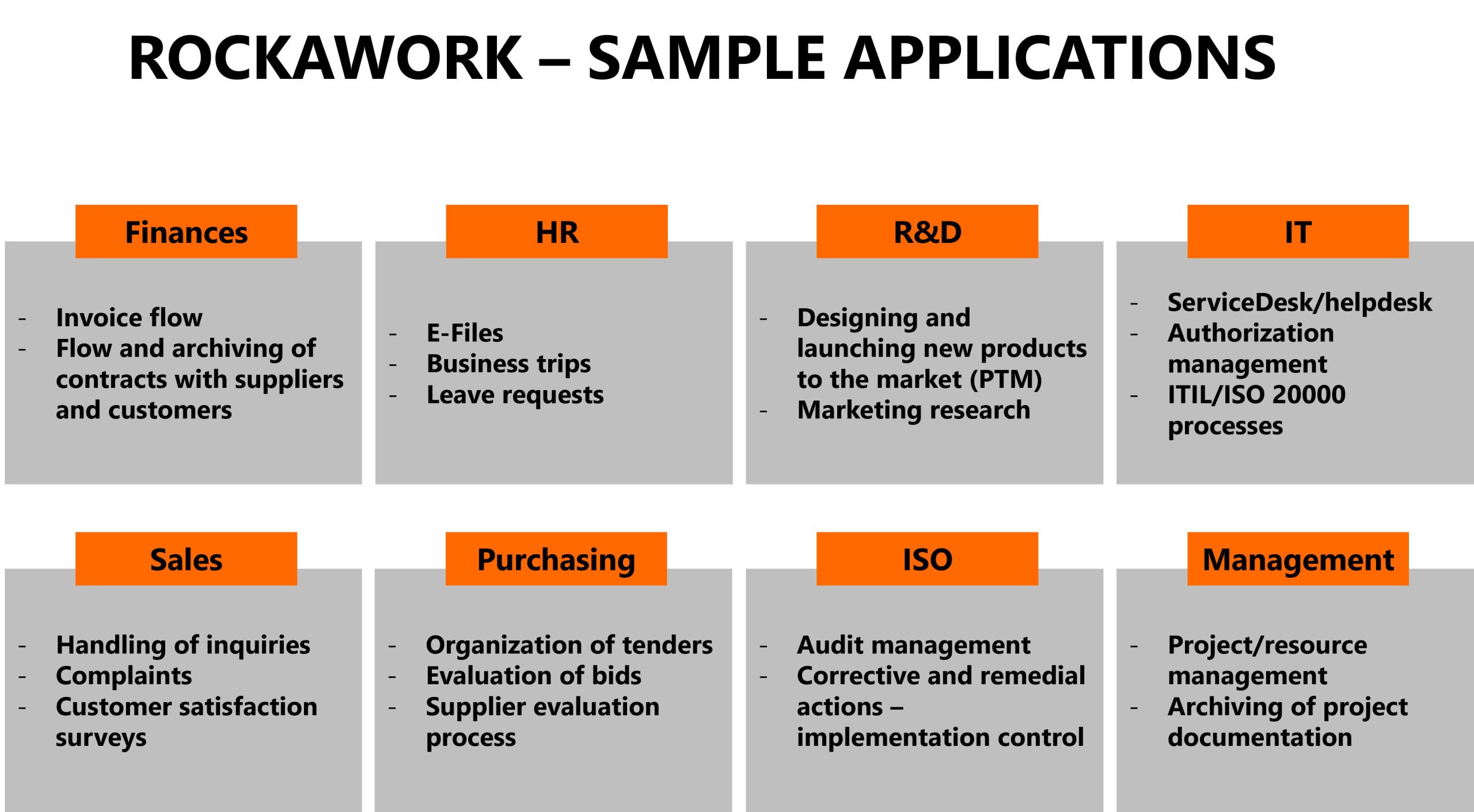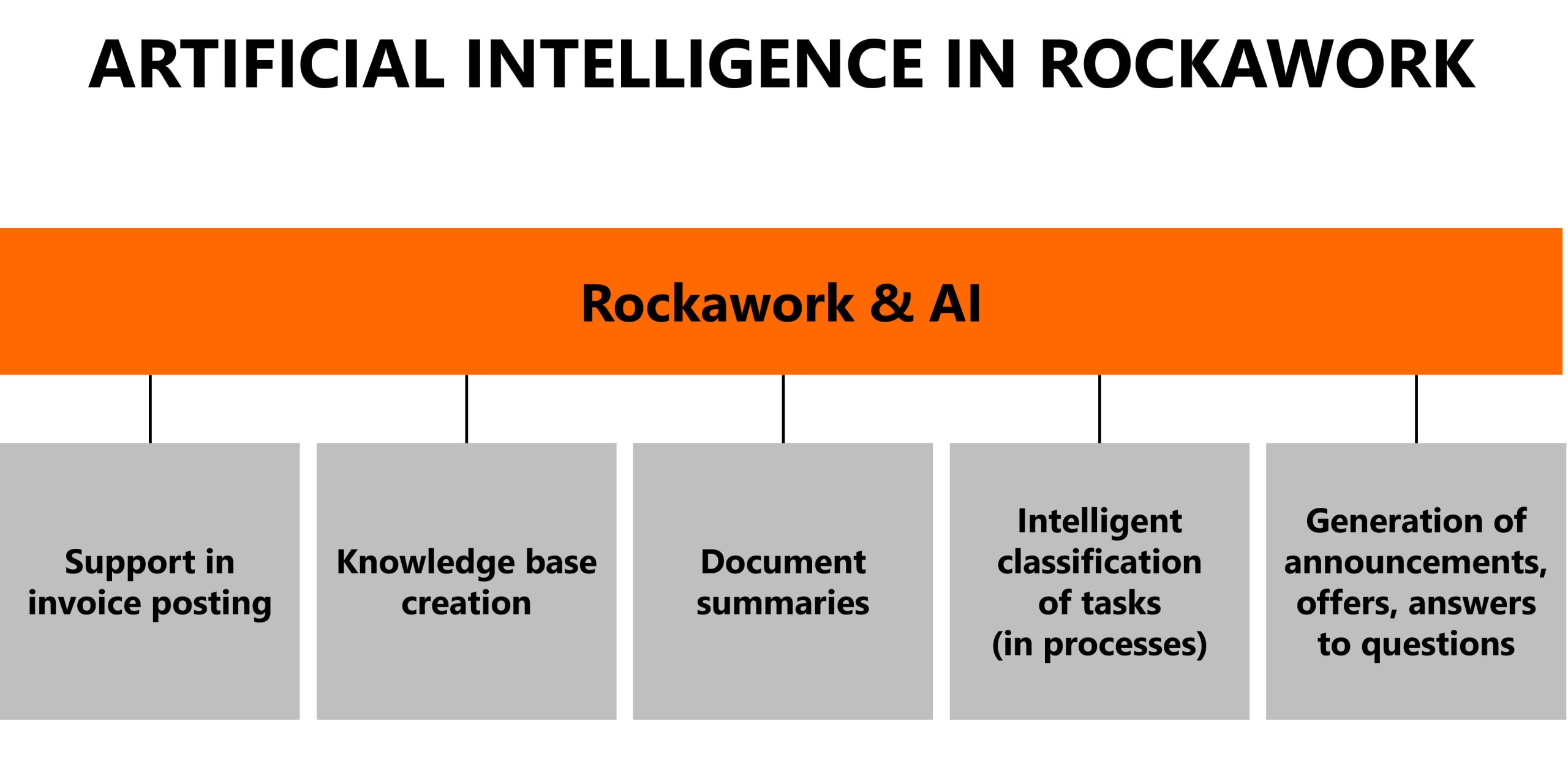Analyzing the content of documents according to set parameters is also a task that AI can do for us. A good example of this is the initial analysis and selection of CVs sent to the email inbox and tagging people who meet the given criteria (e.g., a category B driving license, a forklift license, a level of language proficiency).
The criteria provided by the user are described with simple verbal commands specifying what information is important to us and how, on the basis of which criteria a possible evaluation is to be made (e.g. a foreign language proficiency level).
In most cases, AI excels at understanding the context and inflections of the Polish language, which not only allows it to understand the questions well, but also to give correct, comprehensible answers. The offers selected in this way are submitted for further processing. And for rejected candidates, AI will help us prepare a personalized response, e.g. with information about the reasons for disqualification.
The above capabilities can also be applied to the analysis of documents from the contract repository (e.g., the question: “are there non-competition provisions in the contract with company X"), quick assistance in the use of company systems and applications (e.g. “what does it mean when a field is marked in yellow? And in red?"). We are limited here only by our imagination.
Simple instructions for AI, such as “fill in the process variable first name – candidate’s first name, surname – candidate’s surname" or “fill in the education variable with the value primary, secondary or higher education", replacing code snippets prepared by a programmer, exemplify the practical application of the “low-code" principle, i.e. as little coding, programmer’s work as possible in favor of flexible creation of document schemas and definition of business processes in a visual way. In addition, it is worth noting that traditional code would not be able to cope with many such tasks that require “intelligence", contextual thinking, association. The business logic (algorithms) developed in this way can be descriptively introduced into the Rockawork platform using large language models and generative artificial intelligence.
Of course, the examples of artificial intelligence applications described above in the Rockawork platform do not cover all the capabilities of the tool. However, they allow us to grasp the scale of automation and facilitation that can be introduced in various areas of an organization.
Time savings, support for employees in handling their daily tasks or HR matters, easy access to knowledge while ensuring compliance with legal regulations (e.g., GDPR), are the key benefits of our solution.



